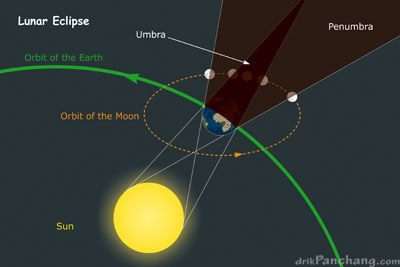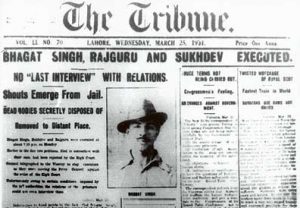What is the Direct Action Day?
The Muslim League Council proclaimed 16th August 1946 as ‘Direct Action Day’ in order to accentuate their demand of a separate Muslim homeland after the British left the Indian subcontinent. Their main aim was to attain a different country with a Muslim majority.
Direct Action Day – Series of Events
- In 1946, the Cabinet Mission was sent to India by the British government to find a resolution to the conflict between the Indian National Congress (INC) and the Muslim League on the issue of independence. The two parties were the largest in India’s Constituent Assembly.
- The League wanted a separate homeland for the Muslims they called Pakistan while the INC wanted a united India.
- The Mission was not successful since the League and the Congress could not agree on the point of a united India with a strong centre.
- Since the Mission failed, the Muslim League announced 16th August as Direct Action Day and called for a general hartal in order to protest the INC’s stand and demand vehemently a separate homeland.
- The Chief Minister of Bengal at that time was Huseyn Shaheed Suhrawardy of the Muslim League. The League announced that there was to be a mass rally presided over by Suhrawardy. Processions of people would come from different places and meet at the Ochterlony Monument to attend the rally.
- The rally started at noon, although there were instances of forced closing down of shops, stabbing and stoning from morning itself.
It is believed that when Muhammad Ali Jinnah asked the people to ‘suspend all business’, he did not expect the riot to get so violent. However, the outcome of this Direct Action Day turned out to be extremely violent and took the lives of hundreds of people in both countries.
Direct Action Day – Outcome
- League leaders gave fiery speeches at the rally which got the massive crowd excited.
- This was followed by large-scale rioting in Calcutta. Around 4000 people were killed on the first day. The riots involved killing, rape, forced conversions and looting.
- Many people blame Suhrawardy for inciting the people and then failing to put an end to the violence as Chief Minister.
- Some also put the blame on the Governor of Bengal, Sir Frederick John Burrows for not taking control of the situation.
- This communal violence soon spread to other parts of northern India particularly Bihar. Noakhali (now in Bangladesh) saw gruesome violence.
- The violence witnessed during and after the Direct Action Day has also been called the Great Calcutta Killings. Some of the places saw rioting on the scale of what can be termed genocide.
- India’s independence was overshadowed by thousands of people getting killed or tortured in various riots particularly in eastern, northern and north-west India. The Calcutta killings were the first of such pre-independence rioting.
- All this bloodshed and communal tensions ultimately led to the INC’s acceptance of the partition of the country in order to suppress the violence and blood bath.
Also on This Day
1886: Death of Ramakrishna Paramahamsa, Guru of Swami Vivekananda. 1932: British government in India gives separate electoral representation for the ‘Depressed Classes’.
#Credits2Byju'sIAS


